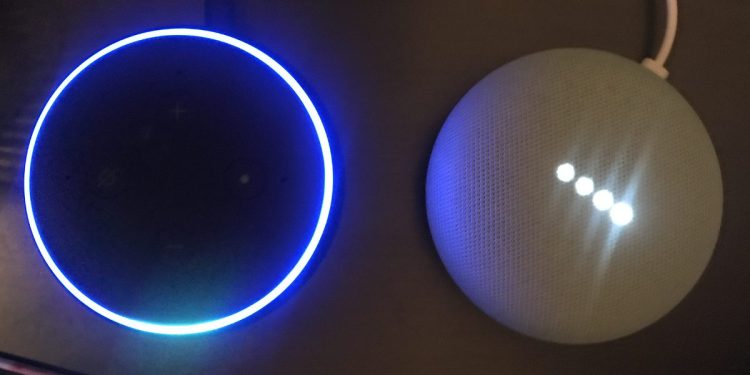Watch all the Transform 2020 sessions on-demand here.
To coincide with CES 2020 this week, Strategy Analytics released a survey claiming that smart homes had passed “the tipping point” and that “Most Homes Are Now Smart Homes.” Putting aside that U.S. homes don’t represent the world’s homes, the survey assumed that you had a smart home if you “own at least one smart home device.” First, owning doesn’t mean actively using. Second, a smart home is not defined by owning “smart speakers, interactive security systems, and smart thermostats.” Third, that begs the question: How should we define a smart home?
The smart home definition is important for a few reasons. Technology has been flooding into our homes, and CES 2020 showed this trend is not abating. Internet of things (IoT) devices are not going away, and neither is the dream of a smart home. That doesn’t mean all home devices marketed as “smart” are inherently useful, however, let alone make our homes “smart.” Additionally, there are plenty of valid privacy and security concerns in a potential smart home.
So, let’s try to make sense of all these devices.
IoT, AI, and smart
First and foremost, an IoT device is not a smart device. If your lightbulb, your thermostat, or your fridge is connected to the internet, that doesn’t mean you suddenly have a smart home. Think of it this way: If all you can do with your fancy new light bulb is turn it on and off from your phone, rather than a light switch, that’s not smart. Thermostats are a better example. If you can lower the temperature of your home after you’ve already left for vacation, that’s not smart. That’s an IoT device, and it’s neat, but it’s not smart. If, however, your thermostat can save your home energy and you money by making adjustments based on weather forecasting, occupancy patterns, humidity, and electricity costs, that’s smart.
June 5th: The AI Audit in NYC
Join us next week in NYC to engage with top executive leaders, delving into strategies for auditing AI models to ensure fairness, optimal performance, and ethical compliance across diverse organizations. Secure your attendance for this exclusive invite-only event.
Next — and this is what really caught my eye in this survey — a smart speaker doesn’t make a smart home. Your smart speaker needs to be doing more for your home than a virtual assistant can do from your phone. If you’re merely asking Alexa for the weather, or Google Assistant to play some music, that’s not much of a smart home.
(Speaking of, Google had a much more muted presence at CES this year. At CES 2019, the company built a freaking massive, rhyming, catchy, musical of a ride for its Google Assistant announcements. At CES 2020, the company dropped its Google Assistant news the old-fashioned way. What can you expect from Google Assistant this year? Among other things, you guessed it: deeper smart home integration.)
I would further argue that artificial intelligence alone is not a good measure of whether a device is contributing to a smart home. What matters is what the AI is enabling.
Pushing the limits of what’s possible
If your smart speaker is controlling your alarm, lights, blinds, fridge, and toaster, we’re getting somewhere. But there’s a difference between you telling your smart speaker to set an alarm, which you can do yourself with an alarm clock, and having it automatically turn off the alarm when you’ve gotten out of bed — something your alarm clock can’t do. If your Google Assistant can lower your blinds automatically when the sun goes down and raise them when your alarm goes off, that’s the inklings of a smart home.
Put another way, AI has to be doing something in the home that wasn’t possible before, or at least not reasonably possible. Sure, I could rig my blinds to move at certain times of the day and set complicated schedules on my thermostat, but neither is optimal.
A smart home contains devices that understand your home, its surroundings, and its inhabitants. And they actively make the home smarter. To be fair, that’s much harder to formulate a survey around.
One final note on the privacy and security front: I suspect that we may one day see smart home devices that are not connected to the internet. First we got IoT devices for the home. Now we’re starting to see smart IoT devices for the home. One day we will get smart devices for the home with built-in offline machine learning models. They will do their processing on-device without requiring a constant connection to the cloud. And that will be the real tipping point.
ProBeat is a column in which Emil rants about whatever crosses him that week.


